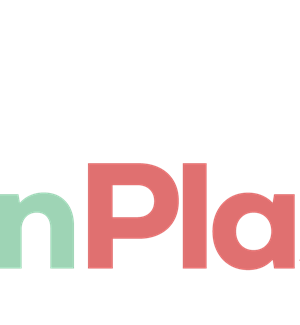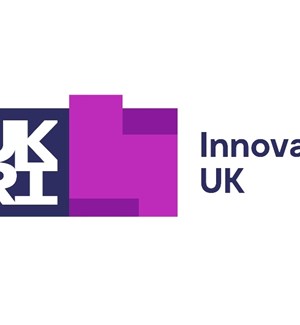- The University of Exeter - United Kingdom,
- Eigen Vermogen van het Instituut voor Landbouw- en Visserijonderzoek - Belgium,
- Norwegian Institute for Air Research (NILU) - Norway,
- Institutul National De Cercetare-Dezvoltare Marina Grigore Antipa - Romania,
- Centro Mediterraneo de Estudios para el Uso y Conservation de las Costas - Spain,
- Stichting Deltares - Netherlands,
- Kimo Nederland en Belgie - Netherlands,
- Denkstatt Bulgaria OOD - Bulgaria,
- Örebro University - Sweden,
- Panepistimio Aigaiou - Greece,
- Corpus Data & Image Analysis AB - Sweden,
- Callisto Productions Ltd - United Kingdom,
- KC Denmark AS - Denmark,
- Ecologic Institut gemeinnützige GmbH - Germany,
- Wolthuis Yvonne Barbara - Netherlands,
- Hellenic Centre For Marine Research - Greece
There is an urgent need for an improved knowledge base for the management of marine litter. CLEANSEA aims to generate new information on the impacts (biological, social and economic) of marine litter, develop novel tools needed to collect and monitor litter and protocols needed for monitoring data (litter composition and quantities) and evaluate the impact of mitigation strategies and measures in order to provide options to policy makers in the EU. This will be achieved through 7 work packages. WPs 2 and 3 cover biological impacts and technical aspects of marine monitoring, monitoring tools and applications. WP4 investigates multilevel socio-economic impact and barriers to Good Environmental Status, providing a justification for the development of management measures and policy options in WP5. This WP combines advanced institutional analysis with a participatory approach in order to identify and assess management measures, strategies and policy options in collaboration with stakeholders that reduce marine litter and alleviate diverse ecological and socio-economic impacts as identified in WPs 2-4. WP6 will integrate the outcomes of the project and hosts the CLEANSEA Stakeholder Platform. Management is dealt with under WP1 with a professional dissemination package, including a documentary film, website, publications, etc. covered in WP7. CLEANSEA includes top scientific groups from eleven European countries distributed over all marine regions. It also includes six SMEs, four of them focused on technological innovation of monitoring, mitigation and recycling tools. CLEANSEA will tackle the marine litter problem from a broad interdisciplinary perspective . Advancement is expected in the array of monitoring tools and systems, knowledge about impacts, and management measures and policy options. By searching for new paradigms and integrating knowledge and methods, CLEANSEA intends to contribute concrete elements to the road map towards strong reductions in marine litter.
Want to analyze based on this project via our analysis tool? Analyze this project
Knowledge Gaps
Monitoring and detection equipment
Commercial-related uncertainties
Characteristics of plastic-general
Environmental exposure
Environmental effects and ecotoxicity
Publications





